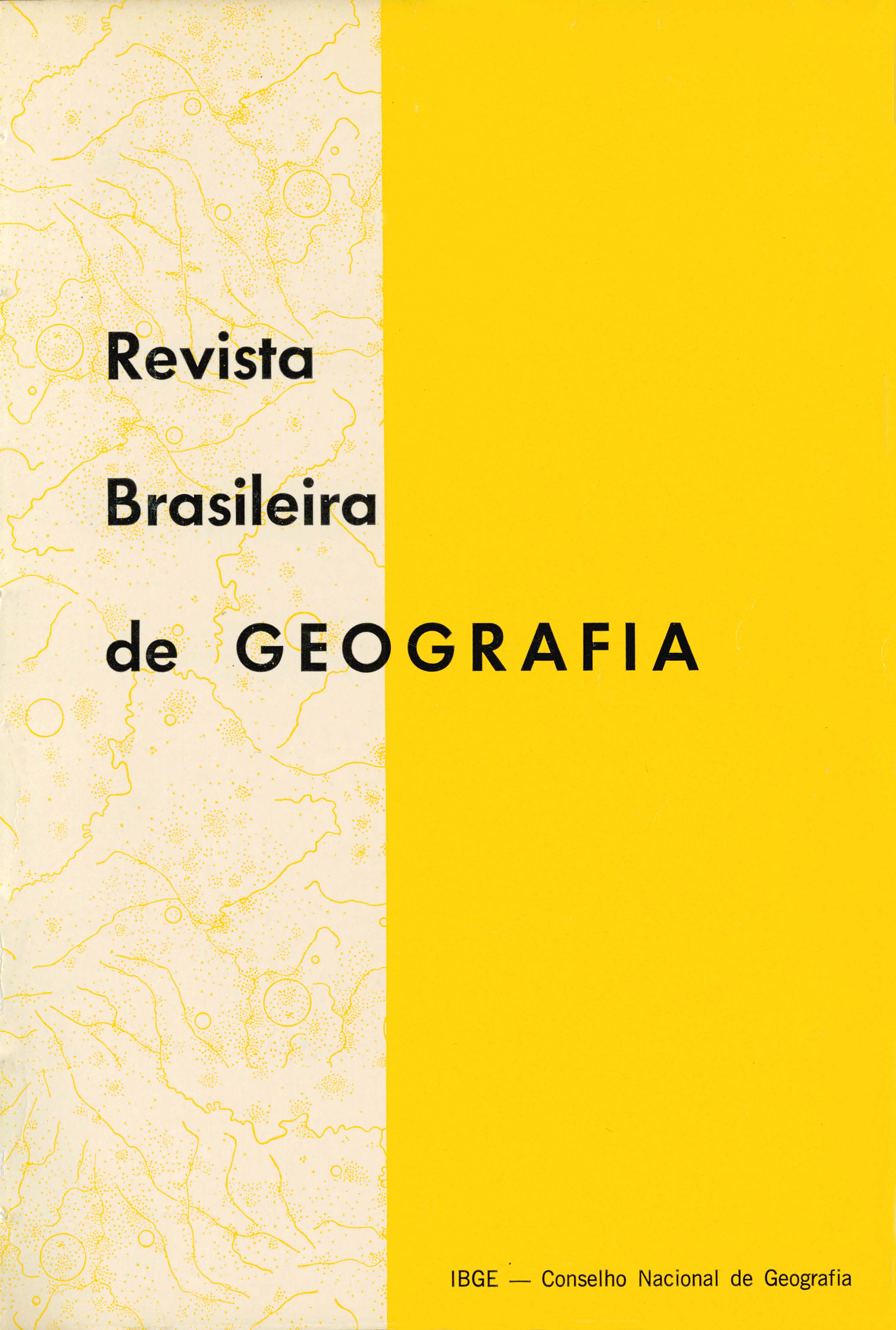Climatologia da Região Nordeste do Brasil : introdução à climatologia dinâmica
Keywords:
Brasil, Nordeste, Geografia regional, Precipitação - Meteorologia, ClimatologiaAbstract
The large territorial extension of the Northeast Region, the topography with wide plains and deep valleys between high surfaces which reach till 1,200 meters, added together conjugation of different systems of perturbed atmospheric circulation, make the climatology of this Region one of the most complete of the world.
This complexity is reflected in a remarkable climatic variety, chiefly considering its humidity and pluviosity.
Although it may occur considerable thermic variations, having in account the daily maximum and minimum temperatures, these minimum temperatures, not being so important in their frequencies, they don't come to produce important climatic differentiation in all over the Region. For this reason one must recognize, as for the thermic comportment, only two important climatic categories: hot climate, 95% and subhot climate.
However, taking into account the regimen of humidity and pluviosity, one finds out a climatic diversity unequal in other brazilian regions. One may find there since the superhumid climate without so much as a dry month, till the sub-arid climate with eleven dry months.
Notwithstanding fifty per cent of the territorial area is represented by superhumid, humid and semi-humid climates, what well characterize the Region is the presence of a semi-arid climate in the other half part.
Another distinguishing element of the climate in this Region is the exceeding irregularity in its yearly pluvial regimen. This characteristic accentuates the disadvantages of a regimen with a long dry period in a wide extension of the Region. In semi-arid areas the rainfall indicator accuses the largest mean deviation (positive or negative) when compared with the mean total relative to normal (around 50%).
While in certain years the effective deviations come to be three times upper to normal, in other years they are so• low that the rain appear as almost completely absent.
By actuation, often superimposed, of various systems of perturbed atmospheric circulation, the precipitation and wet regimen, through its seasonal progress of precipitation contributes to increase the heterogeneity of the climatic sight of the Northeast, determining at least three distinct sector which is superimposed to that climatic varieties, independent of its wet degree and temperature: the mediterranean sector with the maximum of rain in the autumn or winter and the minimum in the spring or summer; the characteristic tropical sector (Central Brazil), with maximum in the summer and minimum in the winter; the tropical sector of the equatorial zones, with maximum in the autumn and minimum in the spring.
There are, however, in all this heterogeneity, a climatic peculiarity common to all Region, the almost absolute predominance of winds or circulation systems arising from the semi-fixed and permanent subtropical anticyclone of the South Atlantic.
This unfavorable aspect doesn’t make the Northeast Region so hard to settle as it appear because of its climatic conditions. On the contrary, its diversified climate confer to it good perspectives for agricultural utilization, all depending on the study of climate and land using on scientific bases






